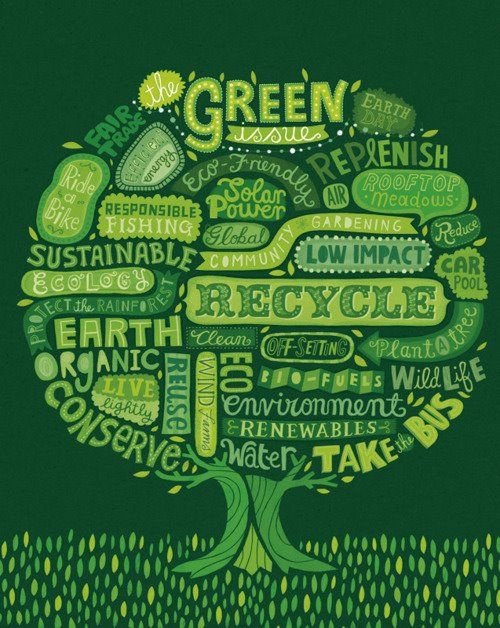How far the Greens have come. Or how much the climate has changed

In Austria, the Greens are in chancellor Sebastian Kurz’s coalition government. In Germany, opinion polls suggest the Greens are on course to enter government. If an election were held in Germany today, the party could win 21 to 23 per cent of the vote. That’s more than the Social Democrats (SPD) and second to the Christian Democrats (CDU). This means the Greens could be in a coalition with the CDU or at the head of a leftwing alliance with the SPD.
That the Greens could now be seen as a party of government in Germany shows the distance they have travelled. Their first party programme 40 years ago was rich in the sort of high-minded idealism that made them anathema to business, and seemingly unsuited to the business of governing. The party manifesto wanted large corporations to be broken up into worker-run units. The Greens did not want growth that was “driven by pure greed for profit”.
Now, the Green politicians regularly hobnob with business executives and welcome industry lobbyists to their party conferences. Indeed the party’s co-leader Robert Habeck was in Davos on January 21.
In any case, the Greens have already shown they can govern. They are part of the governing coalitions in 11 of Germany’s 16 federal states. In Baden-Württemberg, home to Daimler, Porsche and Bosch, the Greens have headed the government for nine years.
The climate has changed for the Greens – and in more ways than one. Environmentalism, the Greens’ initial reason to exist, has become a corporate priority. Young people see the Green movement as the oxygen of political debate.
If they do it properly, Green parties everywhere could ride the wave of enthusiasm all the way to the respectable status of political fixture.

